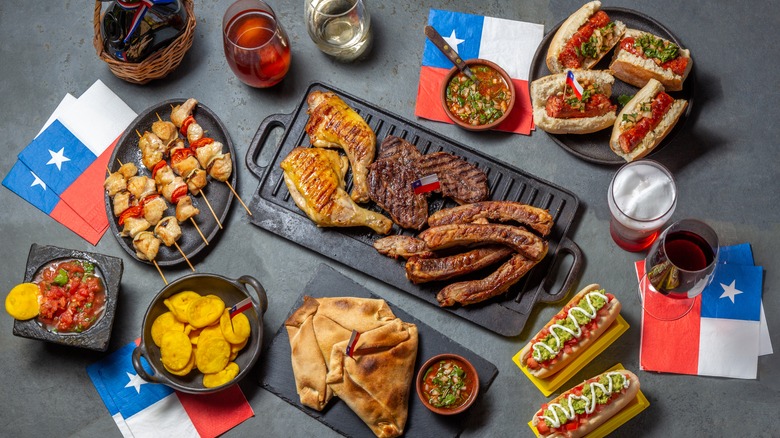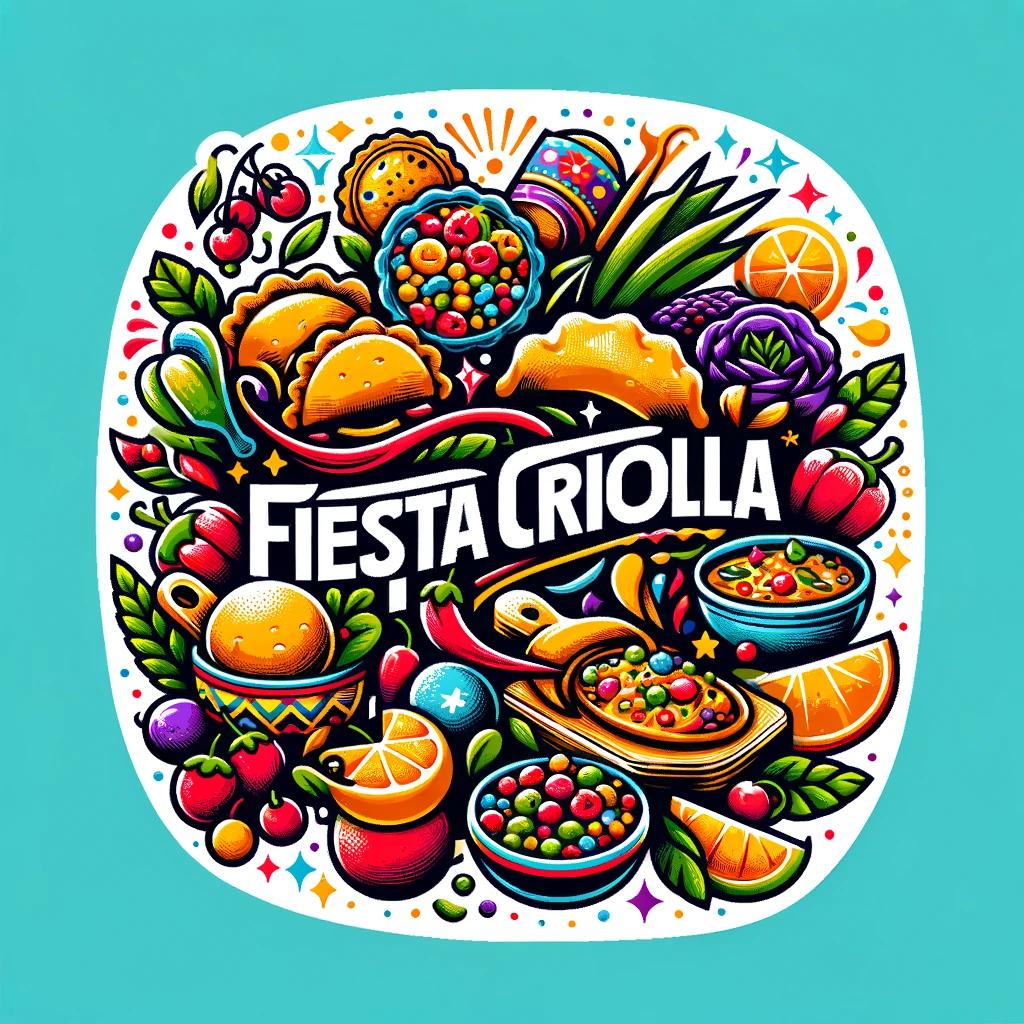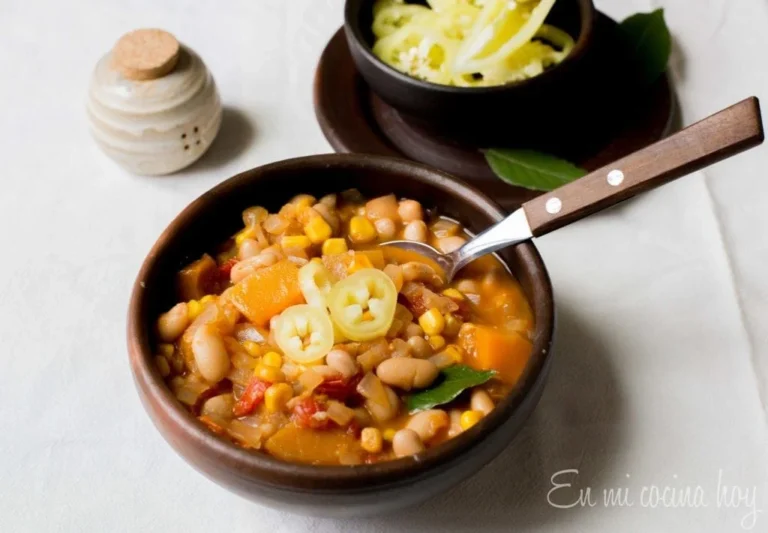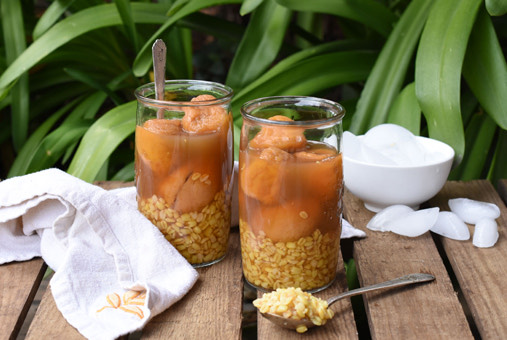Ever wondered what makes Chilean cuisine irresistibly unique? Imagine a blend of flavors that has evolved through a fusion of indigenous traditions and Spanish influences, with a pinch of German, Italian, and French culinary techniques. It’s a feast that tells the story of a rich cultural tapestry, expressed through dishes that are both vibrant and comforting.
From the hearty cazuela to the beloved empanadas, Chilean food traditions is all about deep flavors and robust ingredients. Ready to dive into this culinary journey? Let’s explore how Chileans celebrate life and tradition, one meal at a time. Get your taste buds ready, and maybe even try whipping up some Chilean delights in your own kitchen!

The Origin of Chilean Food Traditions
Chilean cuisine is a colorful tapestry woven with threads from across the globe, yet deeply rooted in the local indigenous Mapuche culture. Imagine the rich, earthy flavors of corn, potatoes, and beans, staples cultivated by the Mapuche for centuries. Then, throw in the Spanish conquest, which introduced olives, wine, and livestock—ingredients that redefined the culinary landscape.
But the story doesn’t stop there; throughout the 19th and 20th centuries, waves of European immigrants brought their own spices and styles, from the hearty stews of Germany to the delicate pastries of France. This blend of traditions has created a unique Chilean culinary identity that’s all about diversity and depth. Ever tried a pastel de choclo or a sip of pisco sour? Then you’ve tasted history!

Traditional Foods in Chile
Cazuela: Picture a steaming bowl of cazuela, a hearty Chilean stew that warms the soul with every spoonful. It starts with a rich broth, typically made with beef, chicken, or lamb, simmered alongside potatoes, corn on the cob, pumpkin, and carrots. This comfort food is a staple in Chilean households, celebrated for its simplicity and the way it brings together the fundamental elements of the local cuisine in one pot.

Empanadas: Empanadas are the quintessential Chilean snack, especially during the national holidays. The most popular variety, empanada de pino, is filled with a mixture of minced meat, onions, olives, and hard-boiled eggs, encased in a golden, flaky pastry. Baked or fried, these treats are a festive essential, perfect for on-the-go eating or a family feast.

Pastel de Choclo: This dish is a delightful representation of Chile’s agricultural bounty, featuring layers of ground corn, minced meat, onions, and black olives, topped with slices of hard-boiled egg. Baked in a clay pot, pastel de choclo combines the sweetness of corn with savory ingredients, creating a comfort dish that’s both rustic and sophisticated. It’s like a corn pie that bridges the gap between sweet and savory, making it a favorite in Chilean cuisine.

Humitas: Humitas offer a taste of indigenous heritage, similar to Mexican tamales but with a distinctly Chilean twist. They’re made from fresh corn, which is ground and mixed with onions, basil, and sometimes peppers, then wrapped in corn husks and steamed or boiled. Enjoyed as both a savory and sweet dish, humitas are a testament to the versatility of corn in Chilean food traditions.

Each of these dishes showcases the rich, diverse flavors that make Chilean cuisine truly unique and beloved both locally and internationally.
Religious Food in Chile
Religious observances in Chile blend indigenous beliefs with Catholic traditions, resulting in unique culinary customs that mark various festivities and holy days. Here’s a look at some foods that are central to Chilean religious celebrations:
- Caldillo de Congrio: This nourishing fish stew holds a special place in religious and national celebrations, often enjoyed during Semana Santa (Holy Week). Made with congrio (conger eel), onions, garlic, carrots, bell peppers, and seasoned with cilantro and paprika, this stew is both a comfort food and a ceremonial staple, embodying the maritime heritage of the country.
- Cola de Mono: A traditional Christmas drink, cola de mono (tail of the monkey) is Chile’s answer to eggnog. It’s a concoction of coffee, milk, sugar, cinnamon, and aguardiente (a grape brandy). This festive beverage is typically served during the Christmas season and is believed to bring together family and friends in celebration, fostering a warm, communal spirit during the holidays.
- Pan de Pascua: Chile’s version of fruitcake, Pan de Pascua is a dense, sweet bread made with rum-soaked nuts, dried fruits, and spices like clove and nutmeg. It’s traditionally eaten around Christmas, symbolizing the sharing of bread in Christian faith. Its rich flavors and festive appearance make it a centerpiece at holiday gatherings.
- Sopaipillas Pasadas: During the rainy winter months, particularly on the religious holiday of San Juan (St. John’s Day), sopaipillas pasadas are a popular treat. These pumpkin-infused fried breads are drenched in a syrup made from chancaca (raw cane sugar). This dish is linked to the celebration of the winter solstice and the indigenous belief in rebirth, blending native and Christian traditions beautifully.
Each of these foods is deeply intertwined with Chile’s religious and cultural life, highlighting the ways in which spiritual beliefs are celebrated through communal dining and traditional recipes.
Wrapping Up
Chilean cuisine is a vibrant tapestry of flavors, each dish telling a story of cultural synthesis and historical evolution. From the hearty cazuela to the festive empanadas, and the sweet, comforting humitas to the spiritual and communal pan de pascua, these dishes exemplify the uniqueness and versatility of Chilean culinary traditions.
The variety offers something for everyone, blending indigenous ingredients with global influences. We encourage you to explore these recipes and bring a taste of Chile into your kitchen. Not only will you expand your culinary repertoire, but you’ll also partake in a rich cultural experience.
Dive in and let the flavors of Chile transform your dining table!
Disclosure: Our blog contains affiliate links to products. We may receive a commission for purchases made through these links. However, this does not impact our reviews and comparisons. We try our best to keep things fair and balanced, in order to help you make the best choice for you.











